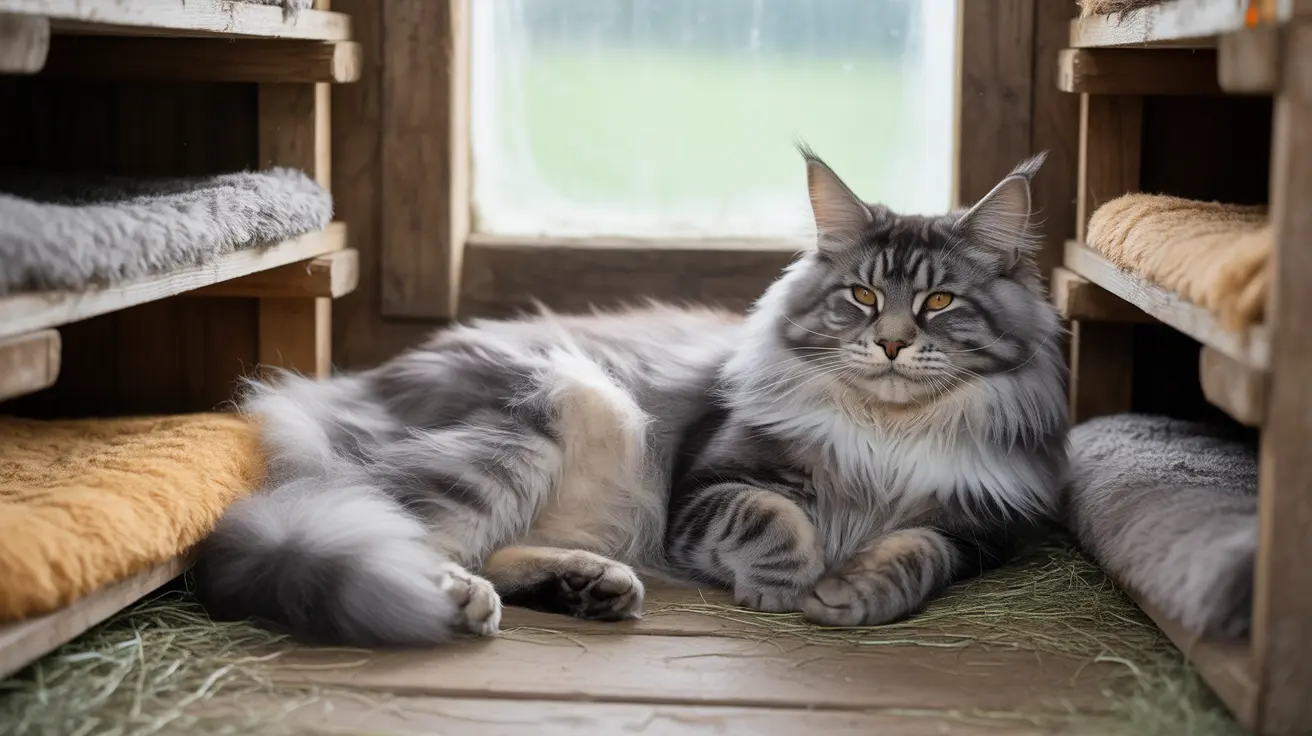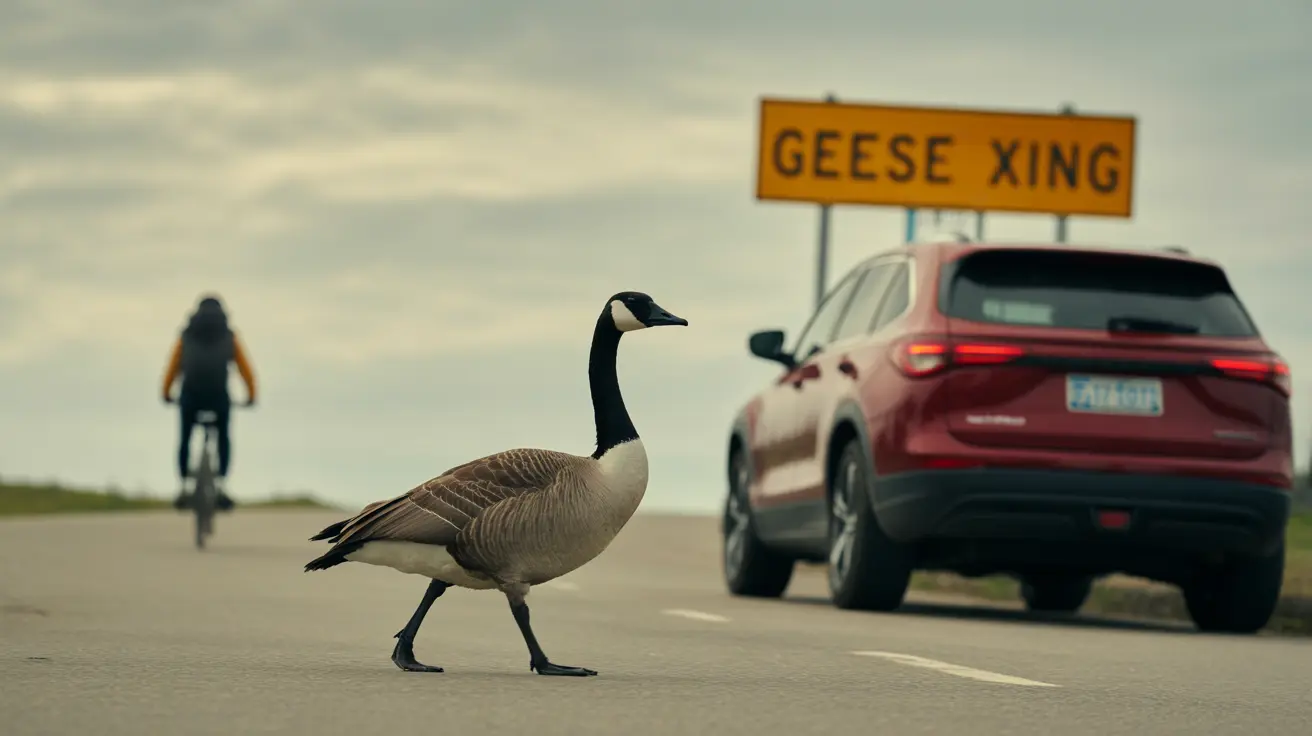The Bearded Collie: Scotland's Shaggy Herding Companion
The Bearded Collie, affectionately called the "Beardie," stands out among herding breeds for its lively spirit and distinctive appearance. With roots in the rugged Scottish Highlands, this medium-sized dog has charmed families and shepherds alike for generations.
Physical Characteristics
Bearded Collies are easily recognized by their long, flowing double coats and the signature "beard" of hair on their muzzle and cheeks. Males typically stand 21-22 inches at the shoulder, while females are slightly smaller at 20-21 inches. Their weight ranges from 45 to 55 pounds. The coat can be straight or slightly wavy, featuring colors such as black, blue, brown, or fawn—often accented with white or tan markings. Thanks to a unique "fading gene," Beardie puppies often lighten in color as they mature (sometimes darkening again with age). Their average lifespan is 12-14 years, though some live even longer.
History and Development
This breed traces its ancestry to European herding dogs—possibly including the Polish Lowland Sheepdog and Komondor—crossed with native Scottish sheepdogs. The first written mention dates back to 1891. Modern Bearded Collies owe much of their development to G.O. Willison in mid-20th century Great Britain. Recognized by the American Kennel Club in 1977, Beardies now belong to the Herding Group.
Temperament and Personality
If you're looking for an energetic, outgoing companion, the Bearded Collie fits the bill. They're known for being bouncy (literally—their "Beardie bounce" is famous), affectionate, and loyal. Social by nature, they get along well with children, other dogs, and even household pets when properly socialized. However, their intelligence comes with a streak of independence; patient training using positive reinforcement works best since they can be stubborn.
- Lively and playful
- Loyal to family members
- Social with pets if introduced early
While generally gentle with kids, Beardies' exuberance may overwhelm very small children—and their herding instincts sometimes lead them to gently nip at heels during playtime.
Family Life
A Bearded Collie thrives when included in daily family life. They dislike being left alone for long stretches; boredom can spark nuisance barking or destructive habits like digging or chewing. These dogs need to feel part of the pack—so they're happiest where there's plenty of activity and interaction.
Exercise and Training Needs
This breed requires at least an hour of exercise each day—think brisk walks, runs, hikes, or spirited play sessions in a secure yard. They excel in canine sports such as obedience trials, agility courses, and herding competitions. Mental stimulation is just as important: puzzle toys or advanced training keep their sharp minds engaged.
- Start socialization early (puppy classes help)
- Use positive reinforcement methods—harsh corrections don't work well
- Vary activities to prevent boredom
Grooming Requirements
The Beardie's beautiful coat demands commitment: daily quick brushings help prevent tangles; once a week you'll need a thorough grooming session (especially during seasonal shedding or puppy coat transitions). Bathing is done as needed; ears should be checked weekly for debris or infection signs; nails trimmed regularly.
- Averages moderate shedding—not hypoallergenic
Health Considerations
The breed is generally robust but does have some inherited health risks:
- Hip dysplasia (joint pain/artritis)
- Addison's Disease (adrenal hormone issue)
- Hypothyroidism (underactive thyroid)
- Allergies (skin/digestive problems)
- Eye diseases (cataracts, PRA)
Certain autoimmune disorders and digestive sensitivities also occur occasionally. Responsible breeders screen for these issues—ask about health certifications like OFA hip ratings before bringing home a puppy.
Diet and Nutrition
A high-quality diet tailored to age and activity level keeps a Bearded Collie healthy. Adults usually eat 1½–2 cups of dry food daily (split into two meals). Watch portion sizes: excess weight strains joints already prone to dysplasia. Treats are useful training tools but should be given sparingly.
Living Environment
An ideal home offers space—a securely fenced yard lets your Beardie run freely off-leash. Apartment living isn't impossible if you meet their exercise needs every day—but they'll be much happier where they can stretch their legs often. Thanks to their double coat they're adaptable in various climates but must live indoors with family.
- Lack of engagement leads to barking/escape attempts/digging
Bread Suitability & Fun Facts
- Suits active people/families who enjoy outdoor activities
- Poor match for those seeking low-maintenance or hypoallergenic pets
The Bearded Collie has also been called Highland Collie or Mountain Collie over time—and you might spot one starring in films like "The Shaggy Dog." Some end up in rescue because new owners underestimate their energy levels or grooming needs.





